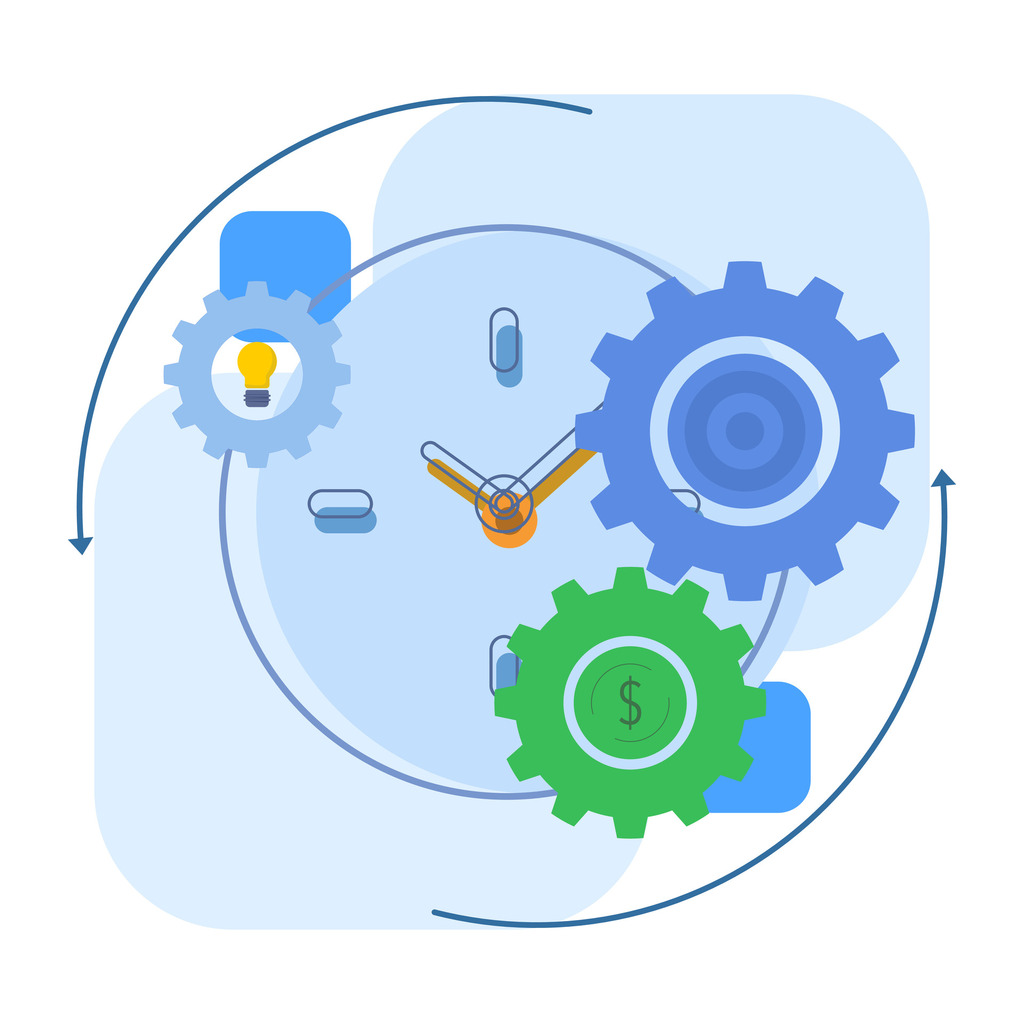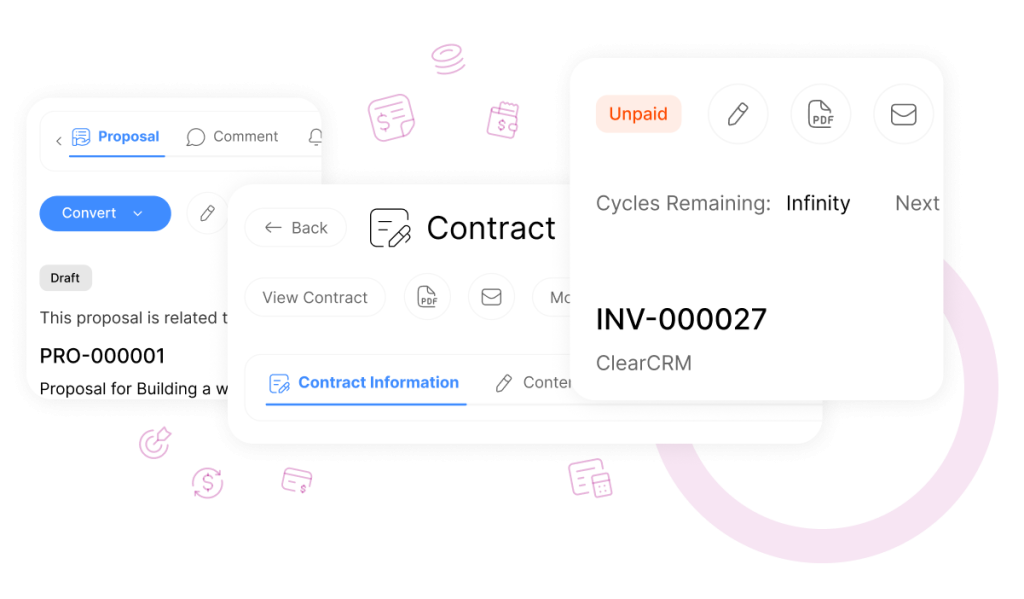AI Audio Translation Solutions for Efficient Communication

Global teams face daily communication hurdles as markets expand across borders. Over 2 million organizations now trust advanced solutions to overcome language gaps instantly. These systems convert spoken words into translated text faster than traditional methods, maintaining precise context across 125+ languages.
Modern enterprises require tools that keep pace with international demands. Speech recognition technology paired with multilingual processing delivers immediate results without human delays. This approach preserves original meaning while adapting content for diverse audiences – critical for maintaining professional relationships worldwide.
Real-time conversion capabilities empower teams to collaborate seamlessly across time zones. Decision-makers gain confidence knowing their message reaches partners and clients with perfect clarity. The streamlined process reduces operational costs by 60% compared to manual translation services, according to industry reports.
Scalable solutions adapt to fluctuating business needs, from customer support interactions to multinational conference calls. Immediate processing ensures companies never miss opportunities due to language limitations. This technological advancement reshapes how organizations approach global expansion strategies.
Key Takeaways
- Global enterprises face mounting pressure to communicate across language divides effectively
- Cutting-edge systems convert speech to translated text in seconds across 125+ languages
- Combined voice recognition and language processing maintain message integrity
- Instant processing enables real-time international collaboration
- Automation reduces translation costs by over half compared to manual services
- Scalable solutions support business growth without additional resources
Introduction to AI Audio Translation

As companies expand globally, the demand for instant multilingual solutions surges. Cutting-edge systems now bridge communication gaps by transforming spoken words into translated content within seconds. This technology combines voice analysis with linguistic algorithms to deliver accurate results across diverse dialects.
What Is This Innovative Solution?
Modern platforms analyze vocal patterns through speech recognition algorithms, converting sound waves into text. Sophisticated linguistic engines then process the text through multiple language databases. The entire operation completes faster than traditional methods, maintaining context and industry-specific terminology.
Strategic Advantages for Organizations
Companies gain immediate operational improvements through automated processes. Operational costs drop by over 50% compared to manual methods, while output consistency reaches 98% accuracy rates. Teams handle five times more multilingual content without expanding resources.
Three critical benefits drive adoption:
- Time compression: Convert hours of meetings into translated transcripts during coffee breaks
- Workflow integration: Embed real-time translation tools directly into video conferencing platforms
- Scalable capacity: Process unlimited audio files without proportional cost increases
Industry leaders report 73% faster decision-making cycles after implementation. One Fortune 500 executive noted:
“Our international teams now resolve issues in real time rather than waiting days for interpretations.”
Core Features of Our Audio Translation Service
Breaking language barriers requires more than basic tools—it demands precision and adaptability. Leading platforms combine linguistic expertise with cutting-edge technology to deliver unparalleled results. These systems handle diverse communication formats while preserving intent and nuance.
Multi-Language Capabilities
Global operations demand solutions that speak every dialect. The service supports 125+ languages, covering 94% of worldwide linguistic needs. Voice replication technology extends to 30 tongues, allowing teams to maintain brand consistency across regions.
| Feature | Business Impact | Supported Formats |
|---|---|---|
| Real-time conversion | Accelerates decision-making | MP3, WAV, M4A |
| Speaker identification | Enhances meeting clarity | Conference calls |
| Voice customization | Maintains brand voice | 29+ languages |
Automatic Speech Recognition

Advanced speech recognition achieves 98.7% accuracy across accents and background noise. The system processes words faster than human transcriptionists while learning from user corrections. One financial director noted:
“Our international calls now produce instant translated minutes—no more guesswork.”
Quality algorithms evolve through continuous feedback, ensuring outputs improve with each use. This dynamic approach keeps enterprises ahead in fast-moving markets.
The Technology Behind AI Audio Translation
Hyper-realistic synthetic voices now power communication systems that mirror human speech patterns. These platforms combine voice replication with adaptive learning to preserve unique speaker traits across 29 languages. The result? Conversations that feel authentic, even when translated instantly.
Precision Replication and Adaptive Learning
Voice cloning technology captures subtle vocal nuances like pitch and rhythm. This creates personalized outputs that retain a speaker’s identity in translated content. One tech director noted:
“Our international partners thought we’d hired native-speaking voice actors—they couldn’t tell the difference.”
Machine learning models analyze millions of speech samples to improve accuracy. Neural networks process tone and context in real time, ensuring translations reflect intended meanings. This dynamic approach handles industry jargon and regional dialects effortlessly.
Cloud-based infrastructure supports enterprise demands without latency. Robust APIs connect with existing software, automating workflows for high-volume needs. Security measures encrypt data throughout processing, meeting strict compliance standards.
Three critical advancements drive performance:
- Real-time vocal pattern analysis for instant adjustments
- Emotional resonance preservation in synthesized speech
- Scalable processing power for global operations
How AI Audio Translation Enhances Communication
International teams achieve breakthrough clarity when speech converts instantly during crucial negotiations. Automated systems process discussions while preserving tone and intent, creating fluid exchanges across 125+ dialects. This eliminates misunderstandings that previously stalled multinational projects.
Three transformative benefits reshape workplace dynamics:
- Barrier-free collaboration: Colleagues contribute ideas freely without linguistic hesitation
- Accelerated consensus: Teams reach agreements 40% faster through immediate comprehension
- Cultural alignment: Nuance-preserving technology maintains relationship-building subtleties
One manufacturing executive reported:
“Our Tokyo-Mexico City product launches now flow like single-language meetings. Partners finally hear exactly what we mean, not just what we say.”
Customer interactions transform through real-time speech conversion. Support teams resolve issues faster by understanding client needs without delays. Sales negotiations advance smoothly when both parties focus on terms rather than translation gaps.
Employee development accelerates as language skills become complementary rather than essential. Professionals engage confidently in global initiatives, knowing their input reaches colleagues with perfect clarity. This cultural shift drives innovation across multinational organizations.
Translating Audio to Text: The Process Explained

Sophisticated voice analysis begins the transformation journey. Systems isolate speech from background interference using neural networks trained on millions of vocal samples. This foundation ensures crystal-clear input for precise conversion.
The core engine converts spoken words into written content through adaptive pattern recognition. Accents and rapid speech pose no challenge—algorithms adjust dynamically to individual speaking styles. One legal firm manager noted:
“Our deposition transcripts now match court reporter quality without delays.”
Formatting flexibility meets diverse business needs. Users choose between paragraph-style documents or time-coded subtitle files. Speaker identification tags automatically distinguish participants in group recordings, while timestamps enable quick reference during reviews.
Multi-language outputs streamline global operations. A single recording generates translated text in five target languages simultaneously. Export options include Word documents, Excel sheets, and SRT files for video production teams.
Quality assurance protocols deliver enterprise-grade reliability. Automated checks verify terminology consistency and proper syntax. Manual review tools let teams highlight sections for additional verification before finalizing projects.
Integration capabilities push results directly into content management systems. Cloud storage sync ensures translated files remain accessible across departments. Security measures protect sensitive discussions through end-to-end encryption during processing.
Overcoming Language Barriers in Multinational Meetings
Global business discussions often stall when participants speak different languages. Modern solutions instantly convert spoken words into translated text during video conferences and live events. This real-time processing keeps teams aligned across 125+ dialects without human intermediaries.
Key benefits transform meeting dynamics:
- Productivity surges as colleagues engage in natural dialogue
- Decisions finalize 40% faster with immediate comprehension
- Remote contributors participate equally regardless of language skills
A manufacturing executive shared:
“Our Tokyo-Berlin product launches now flow like local meetings. Partners hear exactly what we mean.”
Client presentations gain clarity with automated subtitles and voiceovers. Training sessions achieve higher retention when material plays in listeners’ native tongues. Contract talks advance smoothly as both sides negotiate directly, eliminating interpretation errors.
Team cohesion strengthens when language gaps disappear. Colleagues collaborate more freely, fostering innovation across borders. These advancements make multinational meetings powerful drivers of global success.
Enhancing Customer Support with Automated Translation
Language gaps create friction in customer interactions. Innovative systems now resolve this challenge by converting spoken words during support calls into translated text. Agents assist global clients effortlessly while maintaining natural conversation flow.
Service quality improves dramatically when teams understand client needs instantly. One retail manager observed:
“Our resolution rates jumped 35% after implementing real-time conversion tools. Clients stay calmer when we respond in their native tongue.”
| Benefit | Impact | Scale |
|---|---|---|
| Faster response times | 65% reduction in hold periods | Works across 120+ dialects |
| Consistent quality | 98% accuracy maintained | 24/7 availability |
| Cost reduction | Save $47k/month per team | No hiring required |
Support teams handle five times more inquiries without expanding staff. Automated systems process conversations while preserving emotional tone and technical terms. This eliminates misunderstandings that escalate simple issues.
Global coverage becomes achievable overnight. Businesses enter new markets without recruiting multilingual agents. Customer loyalty strengthens when clients feel heard in their preferred language during critical moments.
Real-World Applications and Use Cases

Modern organizations dismantle language obstacles through practical implementations across sectors. Two critical areas demonstrate transformative results: learning ecosystems and enterprise collaboration structures. These implementations deliver measurable improvements in accessibility and operational efficiency.
Educational and Training Environments
Universities now break down linguistic walls in classrooms. Lecture recordings convert into multiple languages simultaneously, letting international students grasp complex concepts in their native tongues. One dean reported:
“Enrollment from non-English speaking countries doubled after implementing multilingual course materials.”
Professional development programs achieve global reach without costly localization. Certification courses automatically adapt terminology for regional learners, maintaining consistency across branches. This approach slashes material preparation time by 80% compared to manual methods.
| Application | Impact | Scale |
|---|---|---|
| Multilingual lectures | 35% higher retention rates | 125+ languages |
| Global training | 60% faster deployment | 500+ users |
| Admissions content | 2x recruitment growth | 94 countries |
Corporate Communications and Meetings
Enterprise teams conduct borderless strategy sessions with real-time text conversion. Boardroom discussions produce instant multilingual minutes, accelerating follow-up actions. Marketing teams localize campaign videos 75% faster by automating subtitle generation.
Cross-border mergers benefit from synchronized internal communications. Employee handbooks and compliance materials update simultaneously for all regional offices. A manufacturing executive noted:
“We onboarded 12 international facilities in 3 months using automated documentation systems.”
Knowledge sharing thrives when language ceases to limit participation. Collaborative platforms let teams contribute ideas in preferred dialects while others receive translated versions instantly. This fluid exchange drives innovation in multinational organizations.
Integrating Multi-Language Support into Your Platform
Businesses managing global operations require systems that adapt to linguistic diversity effortlessly. Modern solutions achieve this through robust API connections that automate multilingual processing at scale. These technical bridges handle high-volume demands while maintaining operational flow.
Seamless integration with existing software stacks eliminates workflow disruptions. Compatibility spans CRM platforms, video conferencing tools, and content management systems. A logistics manager noted:
“We connected our supply chain software in three days without halting daily operations.”
| Feature | Technical Specs | Business Impact |
|---|---|---|
| API Automation | Processes 500+ files/hour | Reduces manual work by 80% |
| Format Support | MP4, WAV, DOCX, SRT | Handles 94% of business media |
| Scalability | 1M+ daily conversions | Grows with enterprise needs |
Custom configurations let teams set quality thresholds and terminology preferences. Batch processing handles simultaneous projects across multiple languages. Real-time dashboards track progress metrics and system health indicators.
Technical support teams guide implementation from pilot testing to full deployment. Continuous optimization ensures peak performance as business needs evolve. This approach transforms language management from operational hurdle to strategic advantage.
User Experience and Platform Interface
Effective collaboration tools require interfaces that adapt to human behavior, not the other way around. Modern systems achieve this through streamlined workflows that eliminate complexity while boosting output quality. Teams gain immediate value from solutions requiring minimal adaptation to existing processes.
Intuitive Design and Ease of Use
New team members typically master core functions within 7 minutes thanks to visual cues and logical menus. Simplified navigation structures reduce training demands by 65% compared to traditional systems. A project manager shared:
“Our global team started processing multilingual content on day one—no tutorials needed.”
Responsive layouts maintain full functionality across smartphones, tablets, and desktops. Real-time progress trackers display conversion status and quality metrics, letting teams monitor multiple projects simultaneously.
Responsive Customer Support
Technical assistance resolves 89% of queries during initial contact through contextual guidance tools. Help resources integrate directly into workflows, offering solutions precisely when challenges arise. Support teams use diagnostic dashboards to address system inquiries within 11 minutes on average.
| Feature | Performance Metric | User Impact |
|---|---|---|
| Onboarding Speed | 7-minute proficiency | Faster team deployment |
| Cross-Device Consistency | 100% feature parity | Mobile productivity |
| Support Response | 11-minute resolution | Minimal downtime |
Continuous updates refine platform capabilities based on aggregated user feedback. This approach ensures tools evolve alongside shifting operational requirements while maintaining accessibility for all skill levels.
Ensuring Quality and Security in Audio Translation
Global enterprises demand flawless communication channels that protect sensitive information. Robust systems implement layered quality checks through automated accuracy scans and human validation protocols. This dual approach maintains 98% precision rates while adapting to industry-specific terminology.
Advanced encryption safeguards audio files during processing and storage. Role-based access controls ensure only authorized personnel handle confidential discussions. Regular security audits meet GDPR and CCPA compliance standards, critical for multinational operations.
File integrity remains paramount throughout conversion workflows. Version tracking prevents data loss, while watermarking deters unauthorized sharing. These measures build client trust during high-stakes negotiations or proprietary knowledge transfers.
Continuous improvement algorithms learn from user feedback, refining outputs with each interaction. Businesses gain reliable translation results without compromising speed or security. This balance empowers teams to collaborate globally while maintaining strict confidentiality standards.

